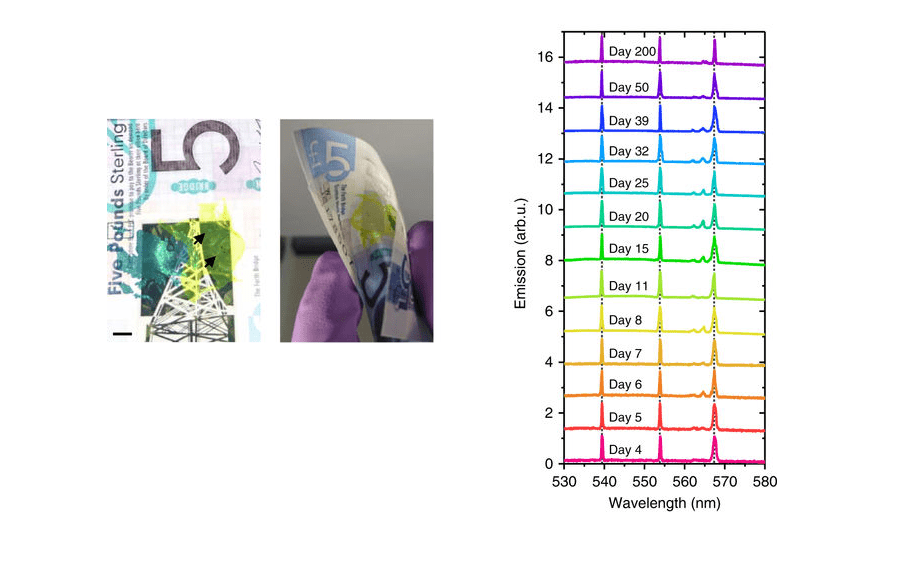But don’t get overly excited — Superman’s laser eyes are still a ways away.

When you read about shooting lasers from your eyes, the first thing that inevitably comes to mind is destroying things. But in the scientific world, this ability (technically called ocular lasers) means something else entirely. Rather than fighting bad guys or causing needless destruction, scientists are focusing on using ocular lasers for security, biophotonics, and photomedicine.
Using a cow eye as a model, a team from the University of St. Andrews managed to create ocular lasers with a new type of ultra-thin membrane that uses organic semiconductors.
“In summary, we have demonstrated the fabrication and operation of ultra-thin, substrate-less organic lasers with extreme mechanical flexibility and lightweight,” researchers write in the study. “These physical properties combined with the low lasing threshold and the ability to generate unique output spectra allows the application of membrane lasers as security label that can be applied to a wide range of substrates including banknotes, contact lenses, and fingernails.”
Essentially, the thin laser could be attached to either an eye or a banknote (both of which were used for this study). The new design has the weight, thickness, and mechanical flexibility needed to attach the laser membrane to another object. Researchers report that when attached to another object, the optical properties didn’t change over the course of several months.
These lasers hold great promise for a number of applications — simple and accessible spectroscopy, data-communication, biosensing, and chemosensing for detecting explosives. The main advantage of this new technology is its sleek size and ease of use. Previous solutions were bulky, expensive, and difficult to maneuver.
“Our work represents a new milestone in laser development and, in particular, points the way to how lasers can be used in inherently soft and ductile environments, be it in wearable sensors or as an authentication feature on bank notes,” said Malte Gather, a co-author of the study and professor at the School of Physics and Astronomy at St. Andrews, in a statement.
While this sort of flexible biotechnology has developed dramatically over the recent years, don’t expect to find them in shops anytime soon — their place is still in the lab and not on the shelves. However, that may change in the not-so-distant future, and if that happens, I can’t wait for ocular lasers to hit the market.
Journal Reference: Markus Karl et al. Flexible and ultra-lightweight polymer membrane lasers. doi:10.1038/s41467-018-03874-w





